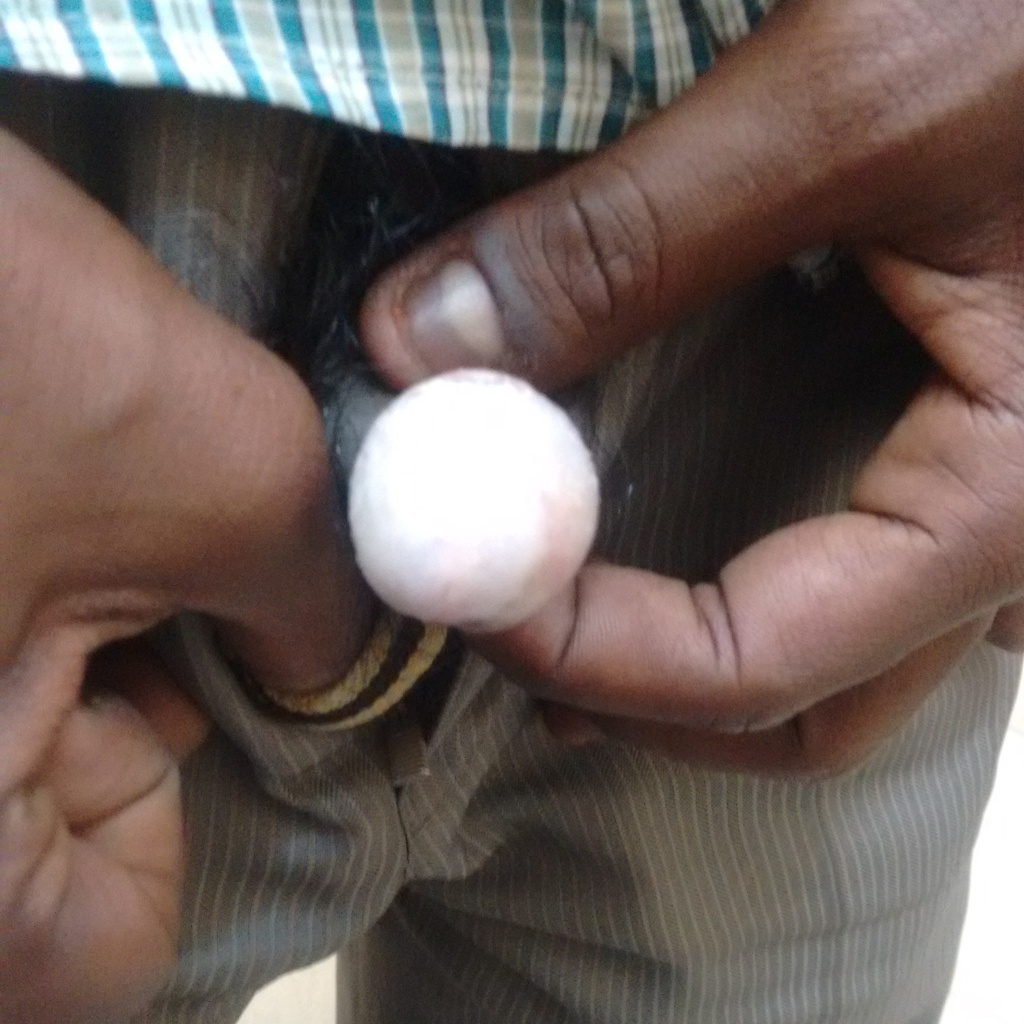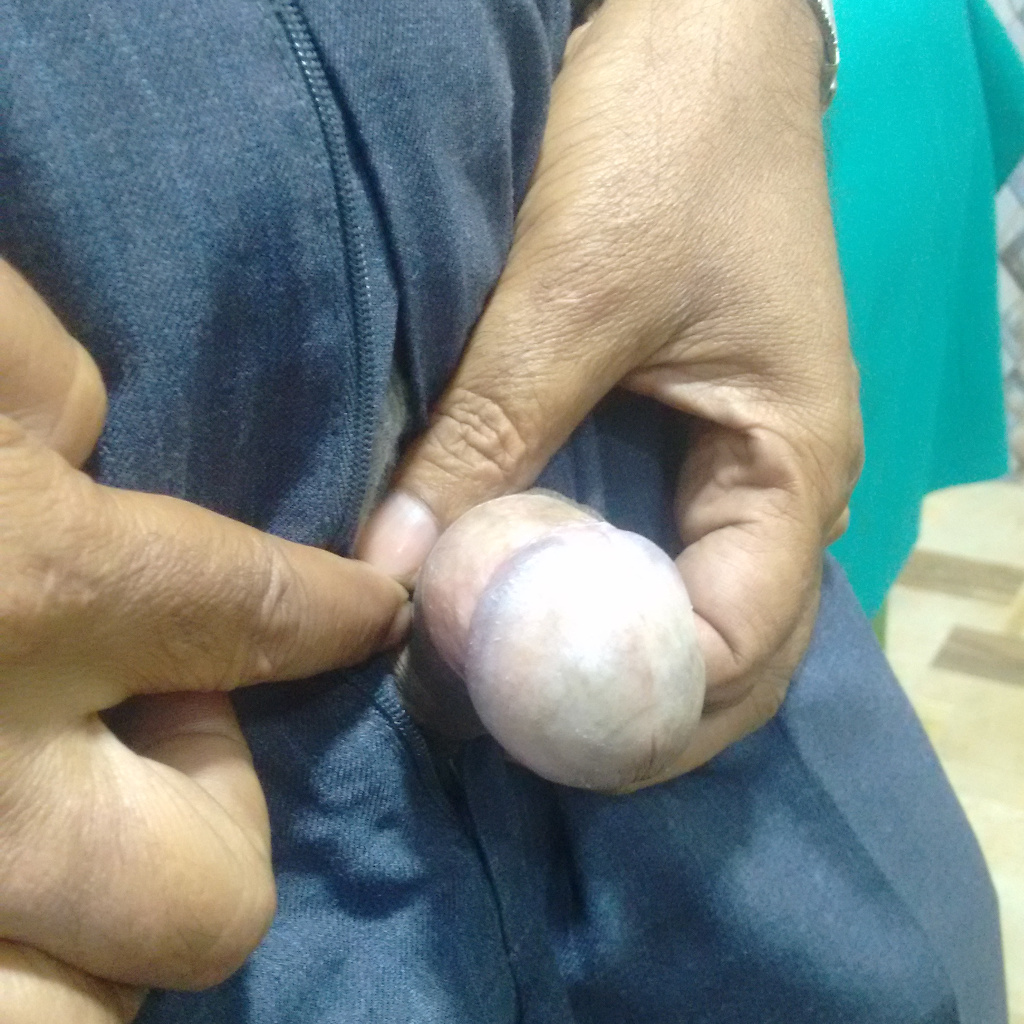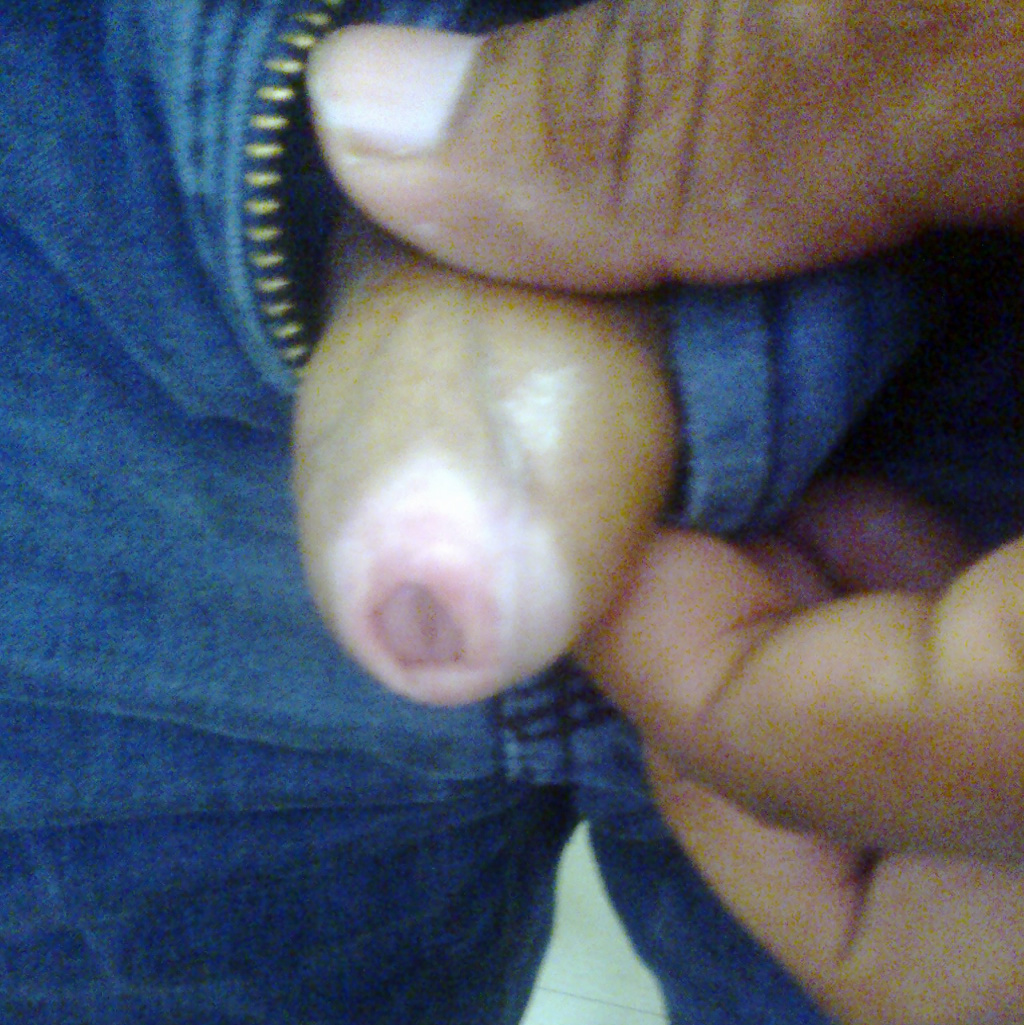Dr. Debasis Maity
Consultant Uro-Surgeon
Medical Discussion
Lichen Sclerosus (BXO)
Remember:
- Lichen sclerosus (LS) is the preferred term for what was previously known as balanitis xerotica obliterans (BXO).
- Lichen sclerosus is a chronic inflammatory disorder of the skin of uknown origin. The glans penis and foreskin are usually affected.
- LS is a scarring disorder characterized by tissue pallor, loss of architecture and hyperkeratosis.
- Incidence of LS in the western population is 1 in 300.
- LS is 6 to 10 times more prevalent in women than in men, generally presenting around the time of menopause.
- In men, LS seems to peak between the ages of 30 to 50; but it may occur in all ages; from infants to the elderly.
- LS is commonly found at the time of circumcision when performed beyond the neonatal period.
- LS is the most common cause of meatal stenosis, appears as a whitish plaque that may involve the prepuce, glans penis, urethral meatus and fossa navicularis. If only the foreskin is involved, circumcision may be curative.
- LS usually begins as a meatal or perimeatal process in the circumcised patient but it may involve other areas of the preputial space in the uncircumcised patient.
- In uncircumcised men, the prepuce becomes edematous and thickened, and often may be adherent to the glans.
- The peak ages of recognition in women are bimodal, with many cases noted before puberty but with another peak presenting in postmenopausal women.
- BXO= m/c cause of strictures of fossa navicularis and penile urethra, starts at glans and preputial skin, causing meatal stenosis and/or phimosis.
- Urethral stricture occur due to inflammation or infection of the periurethral glands of Litter ("Littritis") secondary to high pressure voiding related to meatal stenosis & perhaps microabscesses and deep spongiofibrosis.
- Panurethral stricture can also occur in BXO.
Etiology:
No specific mechanism has been elucidated, possibilities are:
- Autoimmune disease
- Reactive oxidative stress contributed to the sclerotic, immunologic and carcinogenic process in LS.
- Infections (chronic infection by a spirochete,
Borrelia burgdorferi). Koebner phenomenonrelates the development of LS to trauma to an affected area.- Genetic origin, based on the observation of a familial distribution of cases.
- Concomitant existence of the disease in identical twins.
Diagnosis:
- Diagnosis is made through biopsy.
- LS has specific histologic features, including-
- Basal cell vacuolation
- Epidermal atrophy
- Dermal edema
- Collagen homogenization
- Focal perivascular infiltrate of the papillary dermis
- Plugging of the ostia of follicular and eccrine structures
Management:
- The combination of
topical steroids and antibioticsmay help stabilize the inflammatory process. - Conservative therapy may be warranted in patients whose meatus can easily be maintained at 14 to 16 French.
- In these cases, intermittent catheterization with lubrication of the catheter
- and meatal dilator with 0.05% clobetasol (brand name Temovate) for 3 months may be adequate treatment.
Long-term antibiotic (Tetracycline, erythromycin, penicillin) therapymay also be helpful to improve the inflammation, because secondary infection of the inflamed tissue may occur.- A recent European, multicenter, phase II trial also supported the safety and efficacy of
topical tacrolimusin the treatment of long standing LS. - In young patients with severe meatal stenosis, surgery is indicated. Because patients with long-standing meatal stenosis often have severe proximal urethral stricture disease, retrograde urethrography should be performed before the initiation of therapy.
- Long-standing cases with a long length of urethral stricture are amenable to techniques of reconstruction but are very challenging.
- It is becoming clear that except in the case of urethral stricture disease confined only to the meatus and fossa navicularis,
staged oral graft (buccal mucosal graft-BMG) reconstruction, at least in the short to mid term, seems to provide superior durable results. - In some patients with severe urethral stricture disease, ideal treatment is
perineal urethrostomy.



